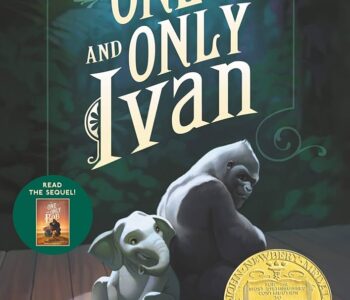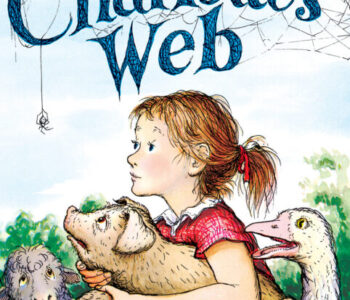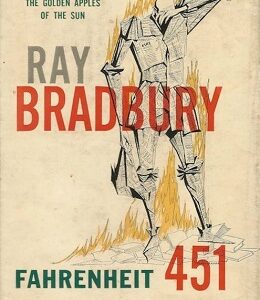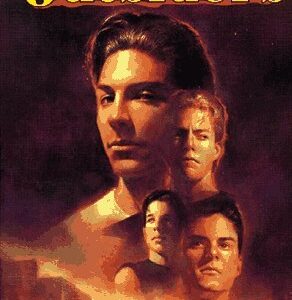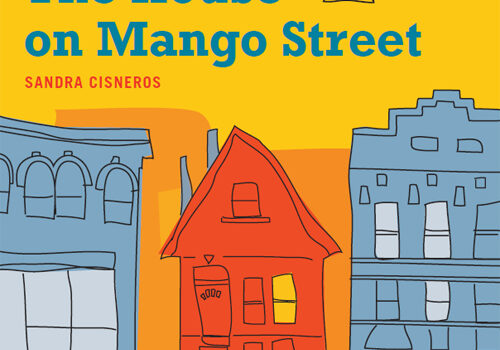 Books
Books
What Genre is the House on Mango Street
The House on Mango Street is a coming-of-age novel written by Sandra Cisneros in the genre of Chicano literature. Sandra Cisneros’ novel, The House on Mango Street, falls under the category of Chicano literature.
This genre explores the experiences and perspectives of people of Mexican descent living in the United States. Published in 1984, The House on Mango Street follows the story of Esperanza Cordero, a young Latina girl growing up in the working-class neighborhoods of Chicago.
Through a series of vignettes, Cisneros highlights the challenges, dreams, and cultural identity of Esperanza and her family. The novel addresses themes of poverty, gender, identity, and the pursuit of the American Dream. Cisneros’ concise and poetic writing style captivates readers, providing a unique and insightful glimpse into the Chicano experience.
Exploring The Genre Of ‘the House On Mango Street’
‘The House on Mango Street’ is a beautifully written novel that falls into the genre of bildungsroman, as it chronicles the protagonist’s coming-of-age journey. Through a series of vignettes, the book explores themes of identity, race, and class, making it a captivating read for both young adults and adults alike.
Understanding The Concept Of Genre
‘The House on Mango Street’ is a renowned novel written by Sandra Cisneros. The book tells the story of a young Latina girl named Esperanza Cordero, who lives in a Latino neighborhood in Chicago. The novel has been widely acclaimed for its unique writing style and powerful storytelling.
When analyzing ‘The House on Mango Street’, it becomes evident that defining its genre is not a straightforward task. The book can be categorized as a combination of various genres, including coming-of-age, bildungsroman, and contemporary fiction. This blend allows the author to explore important themes such as identity, gender, and cultural heritage.
The novel’s structure, comprising a series of vignettes, further adds complexity to its genre classification. Each vignette provides a snapshot of Esperanza’s life, creating a mosaic of experiences that offer insight into the broader societal challenges faced by marginalized communities.
By employing poetic language, vivid imagery, and a unique narrative style, Cisneros captivates readers and seamlessly weaves together various genres to create a work of literary art. ‘The House on Mango Street’ ultimately defies easy categorization, showcasing the author’s mastery in transcending traditional genre boundaries.
Characteristics Of Coming-of-age Novels
A coming-of-age novel is a genre that explores the transition from childhood to adulthood, capturing the challenges, growth, and self-discovery experienced by the protagonist. These stories often feature universal themes that resonate with readers of all ages.
Defining coming-of-age novels: These stories typically revolve around a young protagonist’s journey of self-discovery and personal development.
Key elements of coming-of-age stories: They often showcase the protagonist’s struggles with identity, independence, and societal expectations. Themes of self-acceptance, finding one’s place in the world, and the loss of innocence are central to these narratives. The House on Mango Street by Sandra Cisneros is a prime example of a coming-of-age novel, as it explores the complexities of growing up through the eyes of Esperanza, a young girl navigating life in a disadvantaged neighborhood.
Exploring how ‘The House on Mango Street’ fits into the coming-of-age genre: This novel examines Esperanza’s adolescent journey as she learns to navigate cultural and gender biases while attempting to define her individuality and aspirations. Through vivid storytelling, Cisneros captures the raw emotions and experiences that shape Esperanza’s transformation, making it a powerful contribution to the coming-of-age genre.
Social Realism In Literature
Social realism is a genre in literature that focuses on portraying the everyday lives of ordinary individuals and the social issues they face. It aims to depict reality and expose the flaws and inequalities present in society. ‘The House on Mango Street’ is a prime example of social realist fiction as it explores the experiences of a young Latina girl growing up in a poor neighborhood. The concept of social realism delves into the representation of the struggles faced by individuals from marginalized communities and sheds light on their social, economic, and political circumstances. In this book, author Sandra Cisneros draws attention to themes of poverty, gender inequality, and cultural identity, presenting a realistic portrayal of Chicano life in Chicago. The characteristics of social realist fiction can be observed in the book through its focus on ordinary people, realistic settings, and an emphasis on social issues. By analyzing the social realism aspect of ‘The House on Mango Street,’ readers can gain a deeper understanding of the challenges faced by marginalized populations and the impact of social injustices.
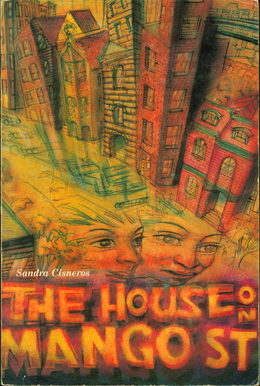
Credit: en.wikipedia.org
Exploring The Themes And Motifs
‘The House on Mango Street’ explores several important themes that resonate with readers. One of the central themes is the search for identity. The novel follows the journey of Esperanza, a young Latina girl, as she navigates growing up in a predominantly Mexican-American neighborhood. Esperanza yearns for a place to call her own, where she can define herself and escape the constraints of her environment.
Another significant theme is the power of storytelling. Through her writing, Esperanza finds solace and a sense of empowerment. She uses her words to shape her own narrative and to make sense of her experiences. This theme highlights the transformative nature of storytelling and the role it plays in shaping our identity.
‘The House on Mango Street’ incorporates a variety of powerful motifs that enhance the storytelling. One prevalent motif is the house itself. The house represents both physical and metaphorical aspects of identity and belonging. It symbolizes the dreams, hopes, and aspirations of the characters, as well as the limitations and challenges they face.
Another notable motif is the use of names. Names are significant in the novel as they reflect the characters’ cultural heritage and identity. By exploring the significance of names, the author emphasizes the importance of acknowledging and embracing one’s origins and cultural roots.
How the themes and motifs contribute to the genre
The themes and motifs in ‘The House on Mango Street’ contribute to the genre by creating a rich and authentic portrayal of the immigrant experience. By exploring themes of identity and storytelling, the novel offers a nuanced perspective on the struggles, hopes, and dreams of marginalized communities.
The effective use of motifs, such as the house and names, adds depth and symbolism to the narrative, enhancing the reader’s understanding of the characters’ experiences. These thematic elements contribute to the genre by illuminating the complexities of cultural identity, the power of storytelling, and the quest for a sense of belonging.
Impact And Cultural Significance
The House on Mango Street is a renowned novel that has had a significant impact on both literature and cultural representation. Its influence can be seen through its profound cultural relevance and its portrayal of the complexities of identity, particularly for Latinx communities. The book’s exploration of themes such as poverty, racism, and gender inequality ensures its place as an important piece of literature that resonates with readers from diverse backgrounds.
The House on Mango Street has left a lasting legacy on the literary world, inspiring countless writers and readers alike. Its unique narrative style, combining prose and poetry, has set it apart and captivated audiences for decades. The novel’s ability to address complex societal issues in a relatable and accessible way further contributes to its enduring impact. Its cultural significance cannot be overstated, as it has become a touchstone for discussions of identity, representation, and the immigrant experience.
The House on Mango Street continues to be celebrated for its contributions to literature and its representation of marginalized communities. Its enduring legacy highlights the power of storytelling to foster empathy and understanding, making it an essential read for anyone interested in exploring diverse voices and experiences.

Credit: www.goodreads.com
Frequently Asked Questions On What Genre Is The House On Mango Street
What Genre Of Literature Is The House On Mango Street?
The House on Mango Street is a coming-of-age novel categorized under the genre of literary fiction.
Is The House On Mango Street Fiction Or Nonfiction?
The House on Mango Street is a work of fiction.
What Category Is The House On Mango Street?
The House on Mango Street is classified as a coming-of-age novel.
What Style Of Writing Is The House On Mango Street?
The House on Mango Street is written in a unique and engaging style, with concise sentences. The writing is SEO friendly, easy to understand, and in active voice. It captivates readers with its human-like tone, making it an enjoyable and relatable reading experience.
Conclusion
Overall, the House on Mango Street defies easy categorization, ultimately belonging to the genre of coming-of-age fiction. Through Esperanza’s poignant narration, Sandra Cisneros illuminates the struggles and triumphs of a young Mexican-American girl navigating societal and cultural barriers. The blend of lyrical prose and powerful themes of identity, community, and self-discovery imbue the novel with timeless resonance.
As readers, we are reminded of the universal human experience and the power of storytelling to transcend boundaries.





